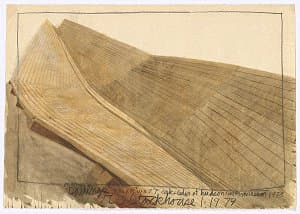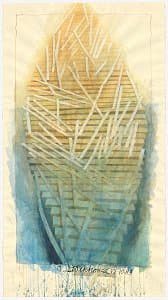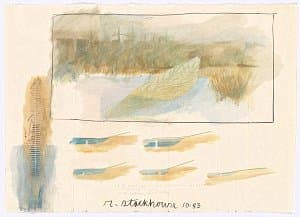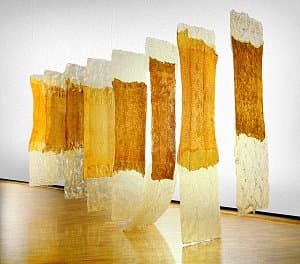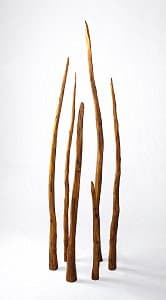Antiform: from Soft Sculpture to Land Art
Anti-form or Soft sculpture are terms that came into use in the late 1960s to refer to three-dimensional works made of pliable materials and therefore not of fixed shape. Like the Land art movement that developed during the late 1960s and early 1970s, it merged large-scale sculpture with refutation of the rigid forms of Minimalism. Anti-form or Soft sculptures are made of unusual or non-fine art materials, often with metaphorical or metaphysical implications, and emphasise natural forces such as gravity. Cloth, rope, rubber, leather, vinyl and paper are some of the materials employed, resulting in persistent rather than permanent forms.
Concurrent with a mass awakening to environmental issues, the early 1970s were characterised by a questioning of the status quo and disenchantment with the technology of the industrial world. Land art, Environmental art and Earthworks all reject formalism and aestheticism, while attempting to return to the natural world, with its continuing forces and energies, as the source of inspiration.
Land art was in part a revolt against the disciplines of painting and sculpture, and the perceived commodification of the art market. The artists advocated minimal disruption of the natural environment, or works that would disintegrate after a certain time. They assembled natural materials, such as branches, earth or pigment, or made large interventions in the landscape—a way of working that aims to encourage viewers to question their impact on their surroundings.



